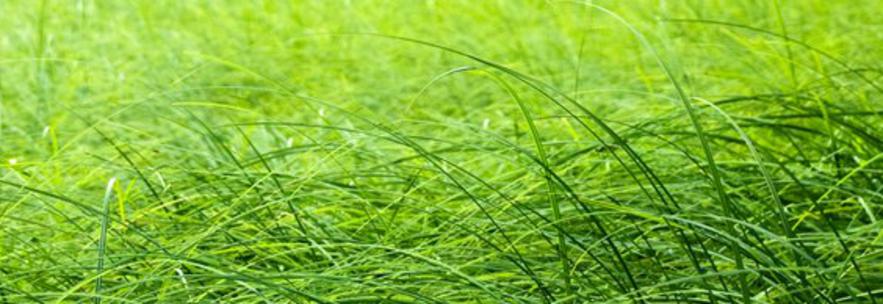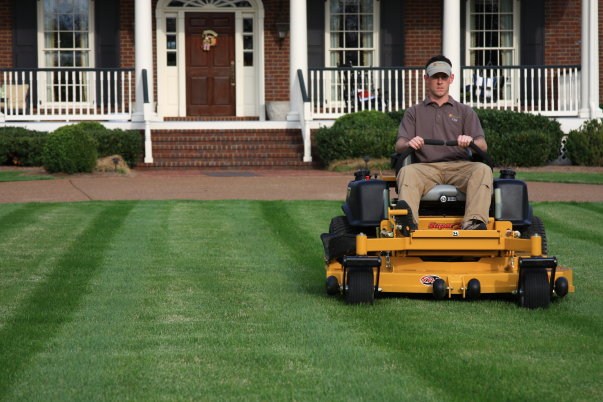Warm Weather During Cold Season - Lawn Care Tips
by David Steg on 12/06/15
A friend remarked to me this past weekend that it’s so warm that her forsythia looks like it’s ready to bud out and her jonquils are coming up. She’s worried that they’ll be damaged if it gets cold. Good concern, but maybe premature.
The real concern is extreme fluctuating temperatures. If your flowering shrubs start to bud out, a drastic dip in temperatures shouldn’t harm the tree itself, but it may stunt and/or kill the buds, resulting in fewer flowers in the spring. If our temperatures continue to be mild, without dropping to the teens after a day in the 60’s, then we should be fine. If we gradually return to normal winter temperatures, or stay warm without too much fluctuation, our landscape shouldn’t suffer much.
On the other hand, if you have fruit trees (or a vegetable garden or berry plants,) early flowering is definitely something to worry about. A hard freeze, or even a frost, could lower your harvest considerably – which is something to worry about for our peach growers!
If you see a hard freeze coming, try to cover your tender and vulnerable plants with burlap or plastic – or at least be sure they’re mulched well. There isn’t much you can do for a large tree.
And what about our grass? What really causes winter damage on dormant Bermuda grass lawns is a cycle of freezing and thawing. As long as we don’t have warm days followed by hard freezes, it should be fine. Also in dormant Bermuda lawns, we may see a lot of weeds moving in, germinating as the soil warms, before the Bermuda is out of dormancy. (Easily taken care of with a pre and post-emergent weed control application like we’re putting down now.)
However, if Bermuda grass starts to green up and then we get a frost or hard freeze, thin areas could be killed. The frost goes into the leaf tissue and interrupts the vascular system. Our lack of rain is going to play a big part in this, because dry cold is much more damaging to the grass than wet cold. In fact, snow is actually the best insulator against extreme cold temperatures. Our blizzard last year was followed by temperatures down to -13 here in Tulsa, and -26 in some parts of Oklahoma. What protected our landscapes from severe winter damage was the nice blanket of snow over everything. Plants sticking up above the snow, like crape myrtles, sustained killing injuries to their tops and had to be pruned down.
Cool season grasses, like fescue and rye, should be okay. They are much more tolerant of the cold weather.
How can you be pro-active? Water your lawn and your flowerbeds now. Water provides much-needed insulation against cold temperatures. With temperatures this warm, watering is a smart move. Don’t wait until we have a forecast in the 20’s. Even if we don’t get a hard freeze at all, watering in the winter will keep your lawn and landscape much healthier than those that are not watered.
Another aspect of a warmer winter is that pest levels usually rise, so you’ll have to be on the lookout this spring and summer, especially if you have a vegetable garden. (There are a lot more/bigger bugs in Florida than in Minnesota.)




